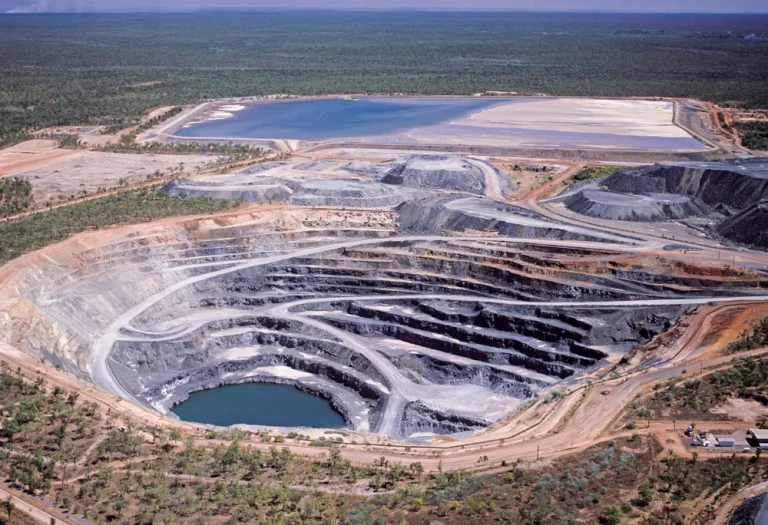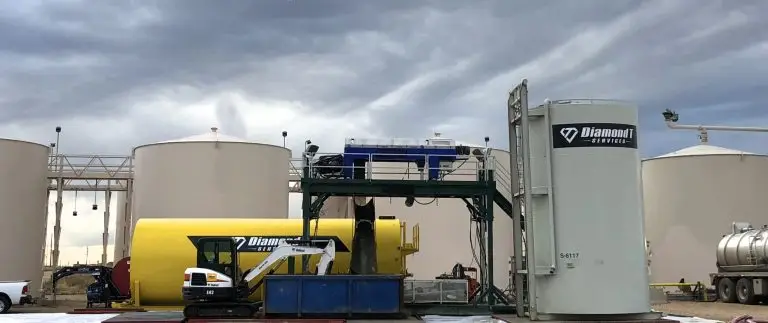A solids Control System (aka drilling fluid purification system) is generally used for the solid and liquid separation to accomplish drilling fluid recycling on the premise.
Typically, the equipment is made of three to seven tanks with five-stage solids control, weighting, and dosing tools which are used in drilling projects and can meet the supporting requirements of drilling rigs.
Our solids control tools improve drilling proficiencies by decreasing fluid losses, sustaining fluid integrity, and reducing drilling costs.
As a leading provider of equipment rental for the energy and infrastructure industries, we partner with contractors, operators, rig designers, and contractors to customize drilling and waste management configurations for less waste generation and reduced costs.
Controlling solids in onshore drilling is a vital part of equipment maintenance. The effectiveness and quality of solids control equipment make a huge difference in fluid cost and performance by guaranteeing drilling fluids stay in excellent condition. Accurate solids control retains necessary fluid densities and diminishes low-gravity solids content.
Solids Management and Environmental Problems
Environmental groups are very attentive when it comes to the disposal of drilling fluid. Lubricants contain heavy metals, oil, and grease. The mud (water and oil-based) contains hydrocarbons, heavy metals, biocides, and inorganic salts.
If operators don’t handle the drilling fluid correctly, it will have a bad effect on the environment. The fluid can contaminate nearby soil, water, wildlife, as well as humans.
Strict environmental regulations make it challenging for mud disposal. Onshore drilling has more options for waste management than offshore drilling.
Waste Types
At some point in drilling operations, mud or drilling fluid is pushed down the drill string to elevate drill cuttings to the surface. The drilling fluid is transported through the annulus to the surface as well. The cuttings and the fluid are separated. The fluid re-enters to lift more cuttings.
Solid cuttings are either treated and disposed of, kept in a waste pit, or ground into slurries.
Solids Control System
The solids control system eliminates drill cuttings from the surface drilling mud and removes contaminants and gases prior to the mud recirculating. The early removal prevents potential clogging of the equipment. The parts of the solids control system are contingent upon:
- The drilling fluid type used
- The available tools on the rig
- The requirements for the disposal
- The formations being drilled
Usual solids control equipment is comprised of degassers, desanders, desilters, and shale shakers. Before any waste disposal process is chosen, a comprehensive economic and environmental inquiry should be done to assess the options.
Effective Solid Control Solutions for Your Onshore Drilling Operations
From centrifuges to solids transfer pumps, we offer a vast range of solids processing tools that can be quickly transported to your drill site. Give us a call to learn the right solids control and waste management solutions for your onshore drilling operations.






